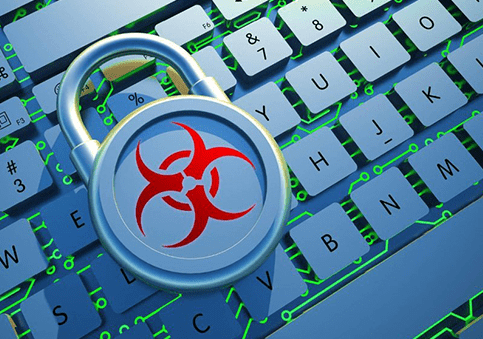Anti-Malware

Anti-malware, short for anti-malicious software, refers to software tools and programs designed to detect, prevent, and remove malicious software or malware from computer systems, networks, and devices. Malware encompasses a wide range of malicious software types, including viruses, worms, Trojans, spyware, adware, ransomware, and other forms of malicious code designed to disrupt, damage, or gain unauthorized access to computer systems and data.
Anti-malware software employs various techniques and technologies to protect against malware threats, including:
Signature-Based Detection: Anti-malware software uses signature-based detection to identify known malware based on predefined patterns or signatures. These signatures are derived from characteristics or behaviors of known malware specimens and are used to detect and block malware before it can infect a system.
Heuristic Analysis: Anti-malware software utilizes heuristic analysis to detect previously unknown or zero-day malware by analyzing code behavior, file structures, and other attributes that may indicate malicious intent. Heuristic analysis helps identify suspicious or anomalous patterns that may indicate the presence of malware, even if specific signatures are not yet known.
Behavioral Analysis: Anti-malware solutions monitor system behavior and activity to detect and block malware based on its actions and behaviors. Behavioral analysis techniques identify unusual or malicious activities such as unauthorized file modifications, system registry changes, network communication, and other indicators of malware activity.
Real-Time Protection: Anti-malware software provides real-time protection by actively monitoring system processes, files, and network traffic for signs of malware activity. Real-time protection mechanisms intercept and block malware threats before they can execute or cause harm to the system, helping prevent infection and data loss.
Scanning and Removal: Anti-malware tools perform regular system scans to detect and remove malware infections from files, applications, and system components. Scanning techniques may include on-demand scanning, scheduled scans, and continuous monitoring of system files and memory for signs of malware.
Automatic Updates: Anti-malware software updates its malware definition databases and detection algorithms regularly to ensure protection against the latest malware threats. Automatic updates download and install new signatures, patches, and security updates to keep the software current and effective against evolving malware threats.
Quarantine and Remediation: Anti-malware solutions quarantine infected files or components to prevent them from causing further harm to the system. Quarantined items are isolated from the rest of the system and can be safely removed, repaired, or analyzed to determine the extent of the infection and remediate any damage.
Overall, anti-malware software plays a critical role in safeguarding computer systems, networks, and data from malware threats by detecting, preventing, and removing malicious software. By employing a multi-layered approach to malware protection, anti-malware solutions help mitigate security risks and protect against a wide range of cyber threats.
Thank you,